How Mastering Composition Can Boost Your Business as a Photographer
If you’re a real estate photographer looking to take your business to the next level, mastering composition is key.
Composition is the foundation of photography, and it can be the difference between an okay photo and a stunning one.
By understanding how to utilize composition elements such as balance, symmetry, and leading lines, you can create beautiful images that will draw attention and boost your business. Keep reading to learn more!
Understanding the Elements of Composition
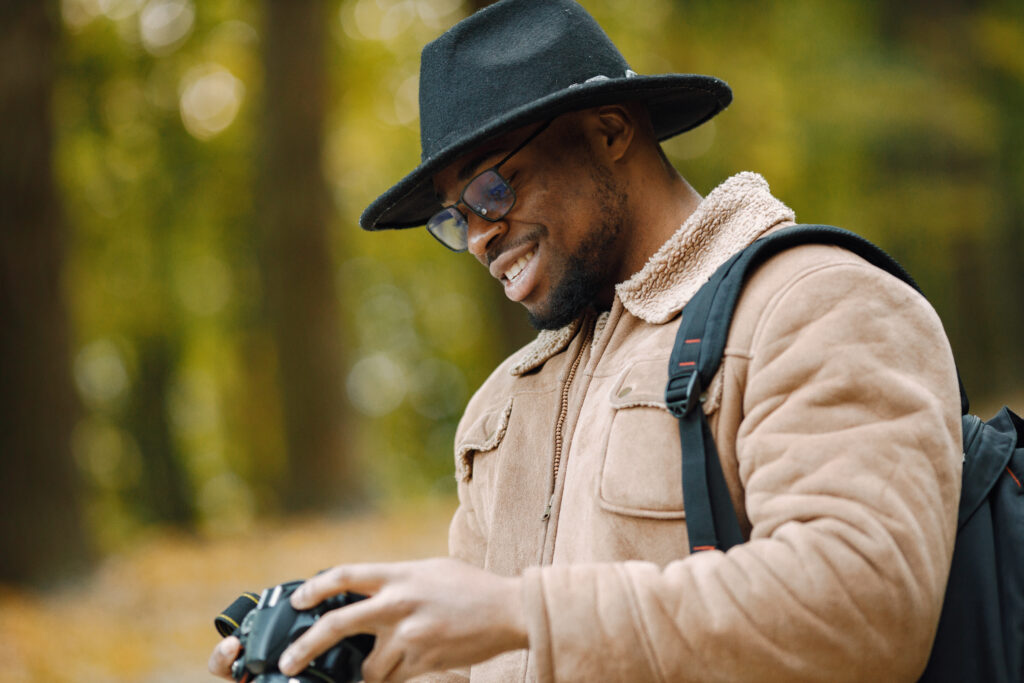
Understanding the elements of composition is crucial for real estate photographers looking to elevate their skills and take their business to new heights.
Composition is the art of arranging elements within a photograph to create a visually pleasing and engaging image. It involves careful consideration of factors such as balance, symmetry, leading lines, perspective, negative space, and light and shadows.
In real estate photography, composition plays a vital role in capturing the essence and beauty of a property. By mastering composition, photographers can create images that showcase the unique features and selling points of a property in an impactful way.
Whether it’s capturing the symmetry of a well-designed living room, using leading lines to guide the viewer’s eye through the image, or experimenting with light and shadows to create a dramatic effect, understanding composition allows photographers to create images that stand out from the competition.
By mastering composition, real estate photographers can produce beautiful photos, entice clients, as well as grow their business.
Applying the Rule of Thirds in Real Estate Photography
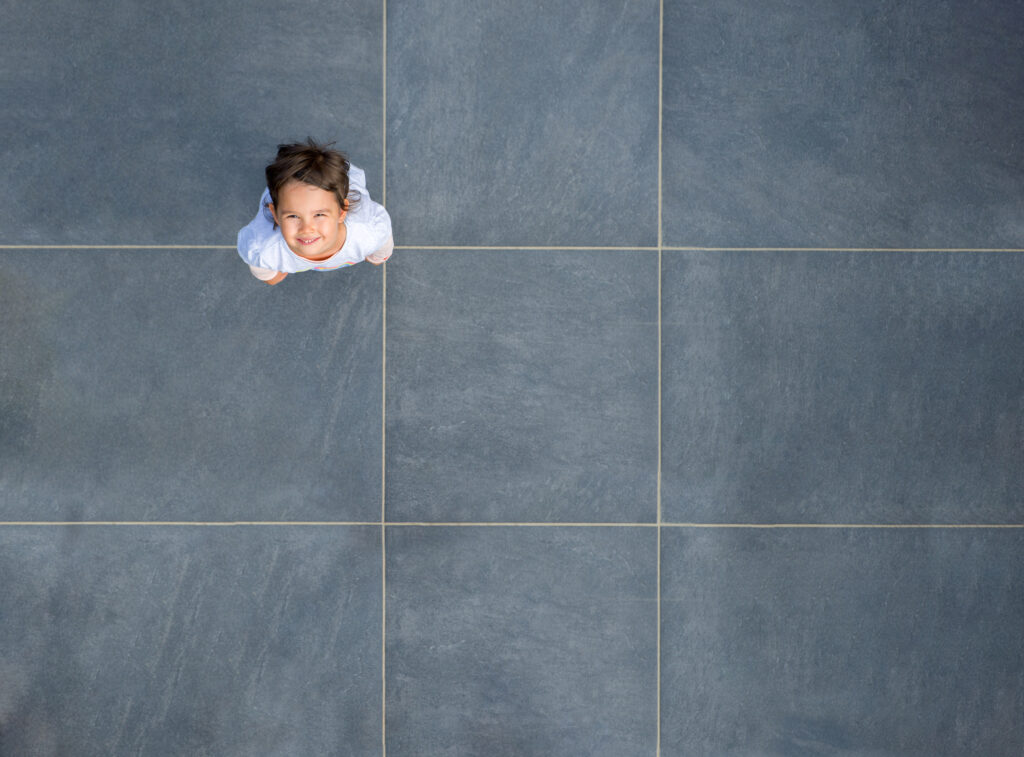
When it comes to creating visually captivating and balanced images, applying the rule of thirds can greatly enhance your real estate photography.
The composition rule of thirds divides an image into nine equal sections with two horizontal and two vertical lines meeting at four points. You can balance and interest your photos by placing essential elements along these grid lines or at the intersections.
The rule of thirds helps highlight a property’s best qualities in real estate photography. For instance, placing the major focal point, such as a well-staged living room or a spectacular view, along an intersecting line can make the composition more dynamic and appealing. This method can also be used in exterior shots to strategically place architectural aspects or landscaping components.
By applying the rule of thirds in your real estate photography, you can create images that are visually appealing, well-balanced, and more likely to captivate potential buyers. This compositional technique can elevate your photographs from ordinary to extraordinary, making them stand out in a competitive market.
So, next time you’re out on a shoot, remember to apply the rule of thirds and watch your images come to life.
Using Leading Lines and Symmetry to Enhance Your Shots
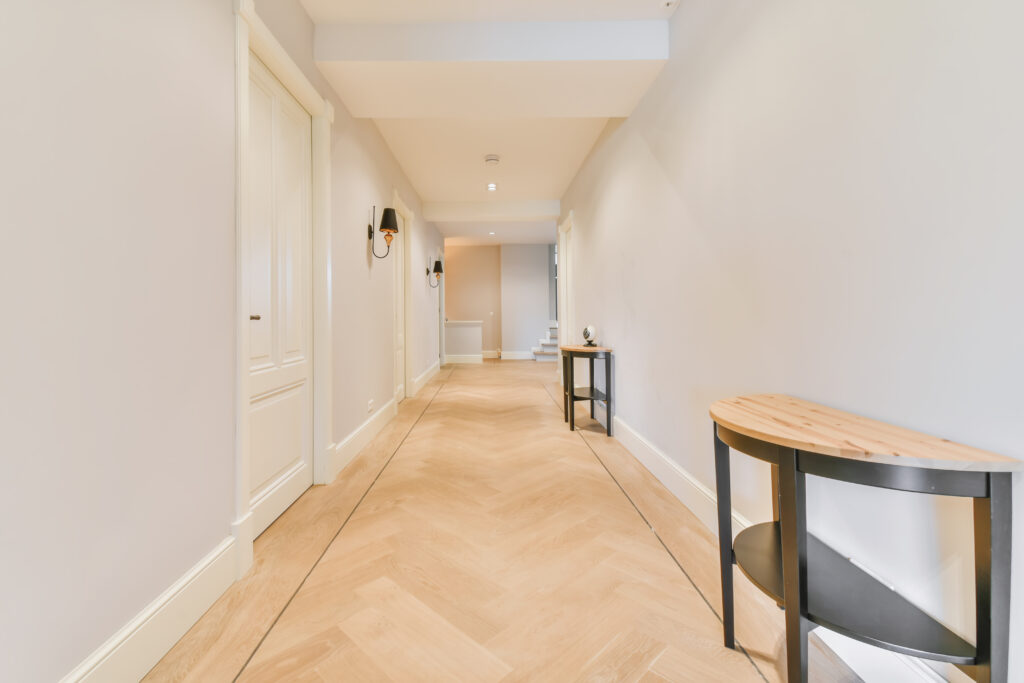
When it comes to real estate photography, using leading lines and symmetry can greatly enhance your shots and create visually stunning images.
Leading lines create depth and give emphasis to major scene features by guiding the viewer’s eye through the image. Leading lines in real estate images might draw attention to a magnificent staircase, a lush garden, or a stunning view.
Symmetry, on the other hand, adds a sense of balance and harmony to your compositions. By capturing symmetrical elements, such as a perfectly aligned row of windows or a mirror image reflection in a pool, you can create visually pleasing and captivating images.
Both leading lines and symmetry are powerful composition techniques that can help create engaging and impactful real estate photos. You can improve your photos and attract the attention of potential consumers by skillfully utilizing these aspects.
Incorporating Perspective to Showcase Property Features
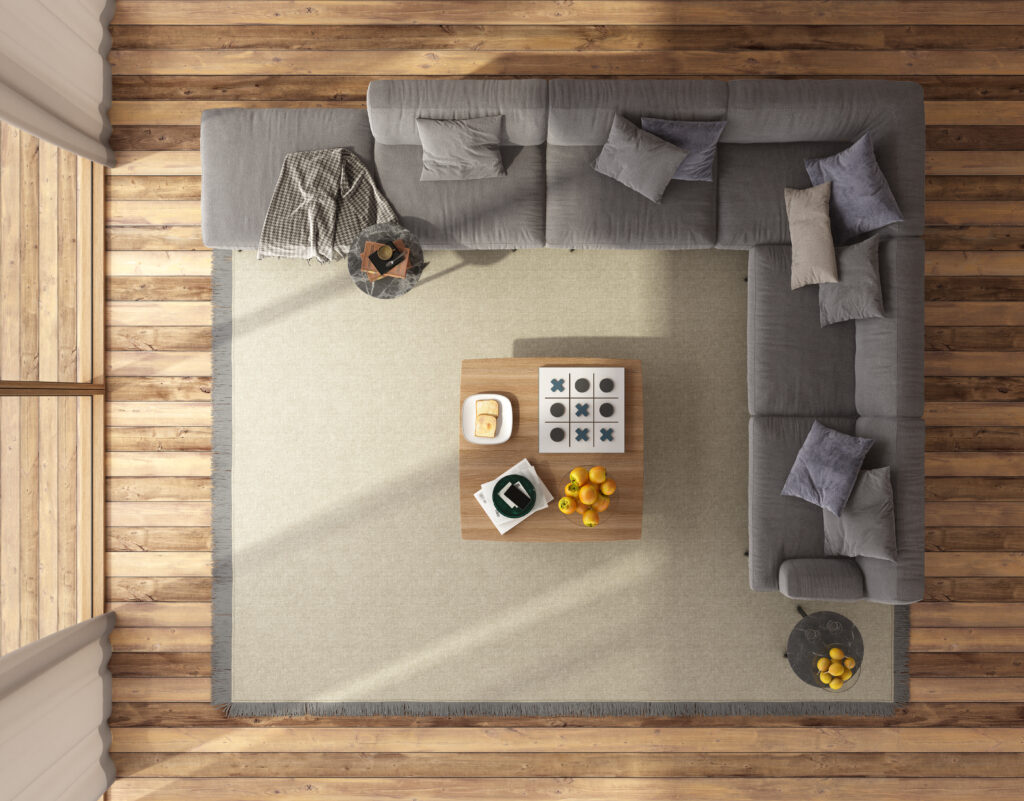
Incorporating perspective in real estate photography is a powerful tool for showcasing the unique features and selling points of a property.
Photographers can create depth and dimension by experimenting with angles and viewpoints, immersing viewers.
For perspective, shoot from low angles to show a room’s size or ceiling height. This technique can be particularly effective in capturing the elegance and spaciousness of a luxury property. On the other hand, shooting from high angles can provide a unique bird’s-eye view of the property, emphasizing its layout and the relationship between different rooms or outdoor spaces.
Perspective can also be utilized to emphasize specific features of a property. For instance, by positioning the camera to align leading lines towards a focal point, such as a fireplace or an architectural detail, photographers can draw attention to these elements and create a sense of intrigue.
By incorporating perspective into their real estate photography, photographers can create images that not only showcase the property in the best light but also tell a compelling story to potential buyers. It is through these captivating images that the true essence and potential of the property can be brought to life.
Making Use of Negative Space for a Minimalist Look
In real estate photography, sometimes less is more.
By making use of negative space, you can create a minimalist look that is both elegant and impactful. Negative space refers to the empty areas in a photograph, where there is no subject or element of interest. Negative space draws attention to the subject and gives a sense of calm and simplicity.
By intentionally leaving empty areas in your composition, you can emphasize the key features of a property. Negative space can enhance a minimalist kitchen or a large living room with minimum furnishings. It can also evoke a sense of luxury and sophistication.
Consider employing wide-angle lenses to capture a greater field of view for negative space in real estate photography. This will allow you to include more empty areas in your frame. Additionally, experiment with different angles and perspectives to find the right balance between negative space and the main subject.
Experimenting with Light and Shadows for Dramatic Effect
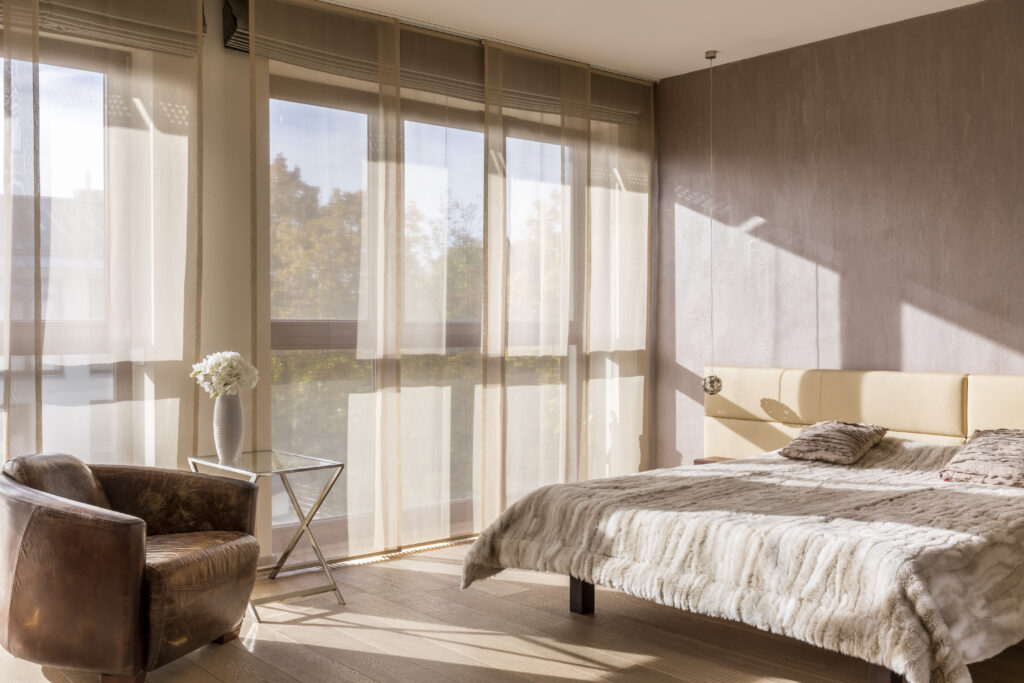
Using light and shadows in real estate photography can transform your images into captivating works of art.
Experimenting with these elements can create a dramatic effect that grabs the viewer’s attention and leaves a lasting impression. By carefully manipulating light and shadows, you can add depth, dimension, and mood to your photographs.
One way to experiment with light is by using natural light to your advantage. Take advantage of the golden hour when the light is soft and warm. This can create a beautiful, ethereal glow that bathes your subject in a flattering light. You can also try different angles and positions to see how light casts interesting shadows and highlights on your topic.
Alternatively, you can experiment with artificial light sources such as strobes or flashes to create a more dramatic effect. By strategically placing these lights, you can control the intensity and direction of the light, casting captivating shadows and adding depth to your images.
Don’t be afraid to get creative and think outside the box when it comes to lighting. Experiment with backlighting to create silhouettes or use shadows to frame your subject.
Ready to sell your property? Give us a call today and learn more about our professional photography services that can boost your property listing!
Plus, explore our virtual assistant coaching program to level up your business. Don’t forget to tune into our new podcast for even more valuable insights!
